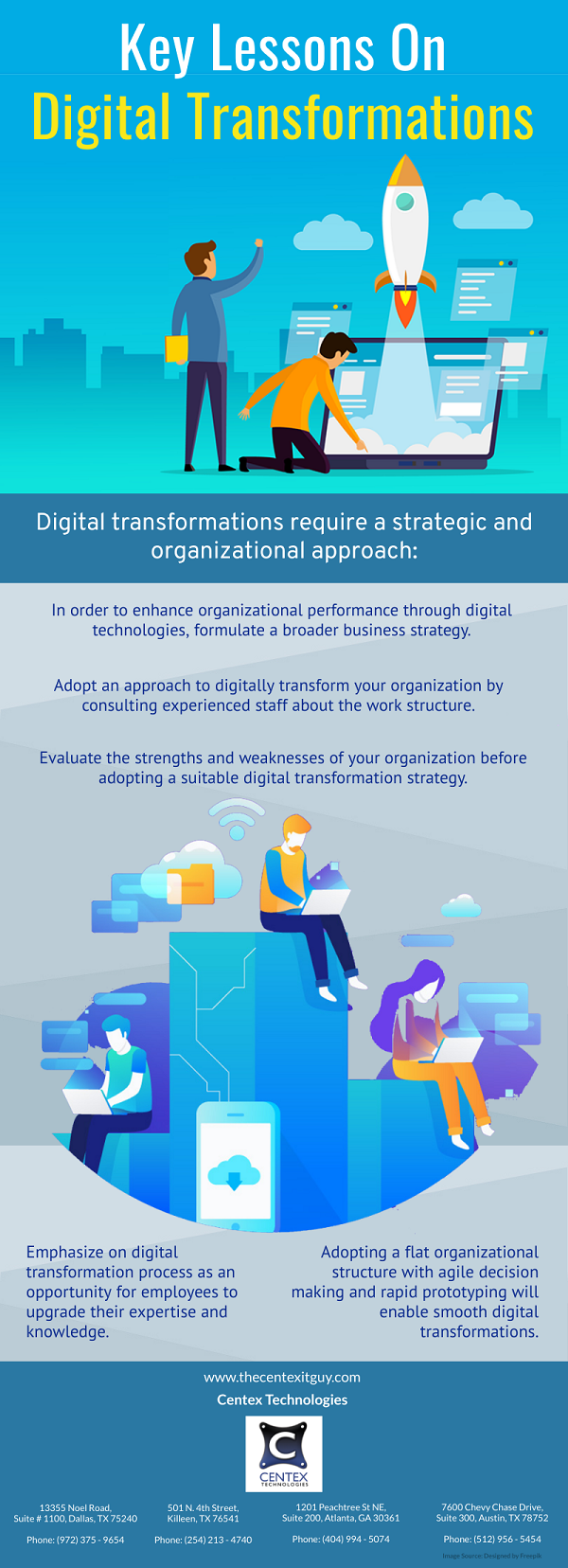In order to understand the concept of Identity Management, let us consider a simple scenario. If a user locks himself out of a personal email, he can simply reset the password and log in. The only requirement is that the user has to prove his identity by answering some security questions or through other means like providing OTP (One Time Password) sent by the service on user’s email/ mobile. However, the scenario is not so simple for users in a business environment.
To simplify the process for business users, most of the cloud based applications uses an Identity Management Service, commonly known as IDaaS.
What Is IDaaS?
- IDaaS stands for Identity-as-a-Service. It is an Identity and Access Management (IAM) service that is offered through the cloud.
- Organizations use IAM to provide secure access to its employees, contractors, customers, and partners. The main purpose of this system is to verify the identity of the person requesting access.
- The system uses different ways to confirm identity.
- Once identity is confirmed, IDaaS provides access to resources depending upon permissions granted.
- Since IDaaS is deployed on the cloud, user can request secure access irrespective of his location or the device being used by him.
Reasons To Adopt IDaaS:
There are three main reasons that support the increasing adaptation of IDaaS by organizations:
New Capabilities: IDaaS facilitates new capabilities such as Single Sign-On (SSO). This allows business users to access multiple resources using a single login. When any user logs in to an application, IDaaS creates a token. This token is then shared with other applications. Thus, users are not required to sign in repeatedly for individual applications. Other capabilities supported by IDaaS include Security Assertion Markup Language (SAML), OAuth, OpenID Connect (OIDC), etc.
Easy Implementation: Another driving factor behind adapting IDaaS is that it is easy and quick to implement. The hardware required to implement is easily provisioned by the provider and it takes a few weeks or months to implement it. Additionally, in case you are reluctant to switch to IDaaS after trying it for some time, it can be easily uninstalled.
Innovation: Some major hurdles that stop organizations from pursuing innovation are understaffed IT teams, lack of technology, complicated IT infrastructure, etc. IDaaS removes these barriers and allows business organizations to innovate their processes, products, and marketing strategies.
For more information on Identity Management for cloud based solutions, contact Centex Technologies at (254) 213 – 4740.

